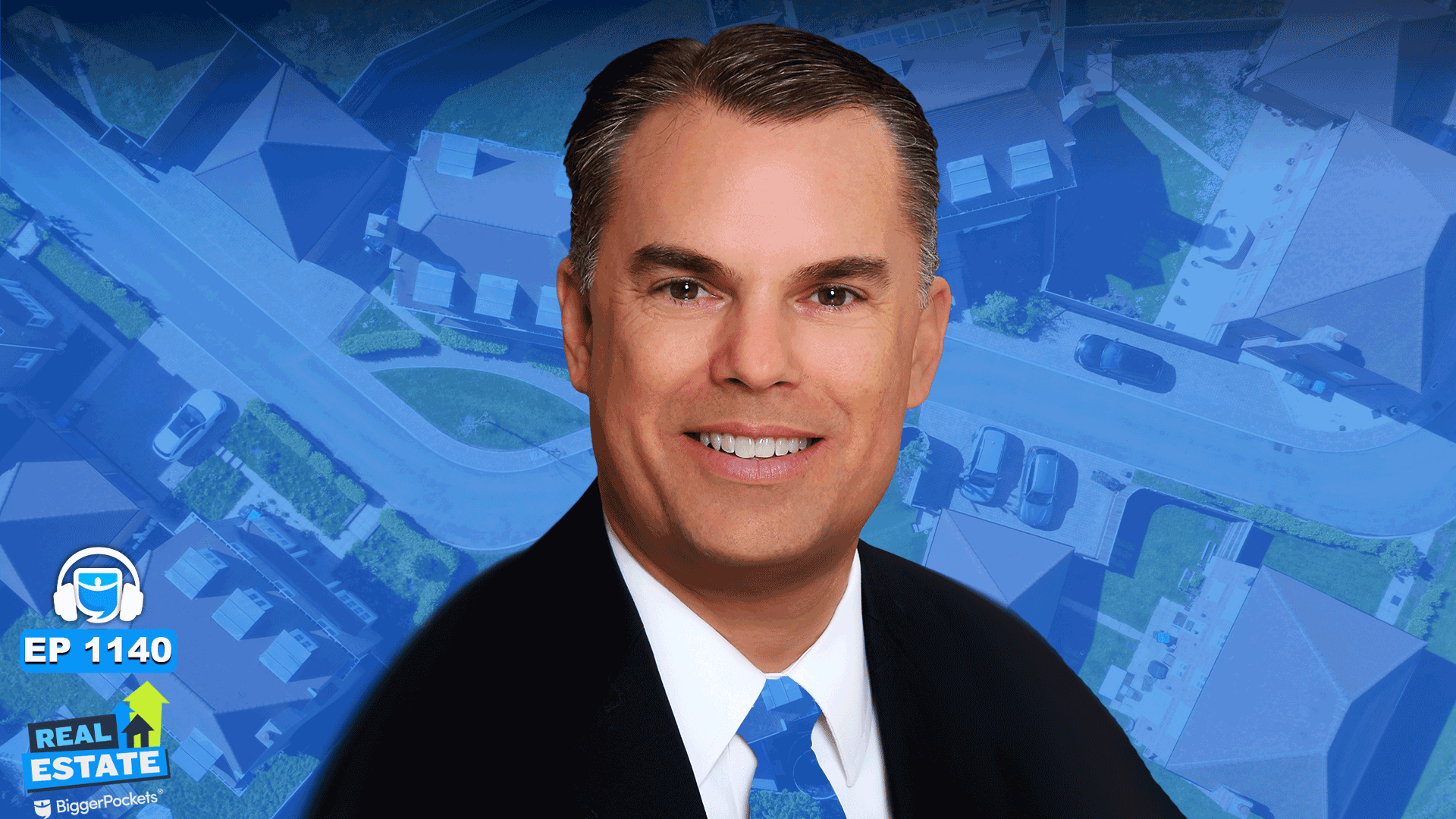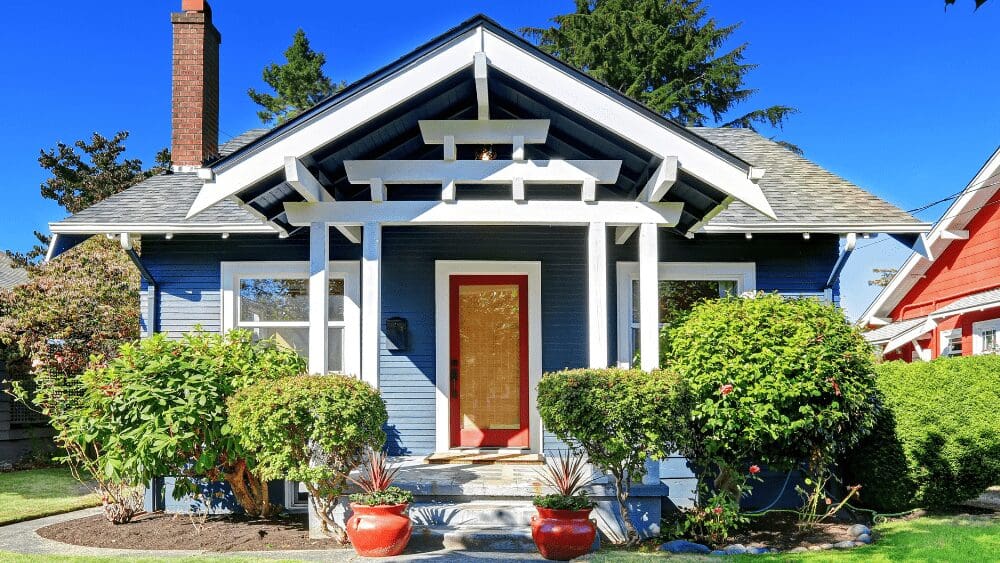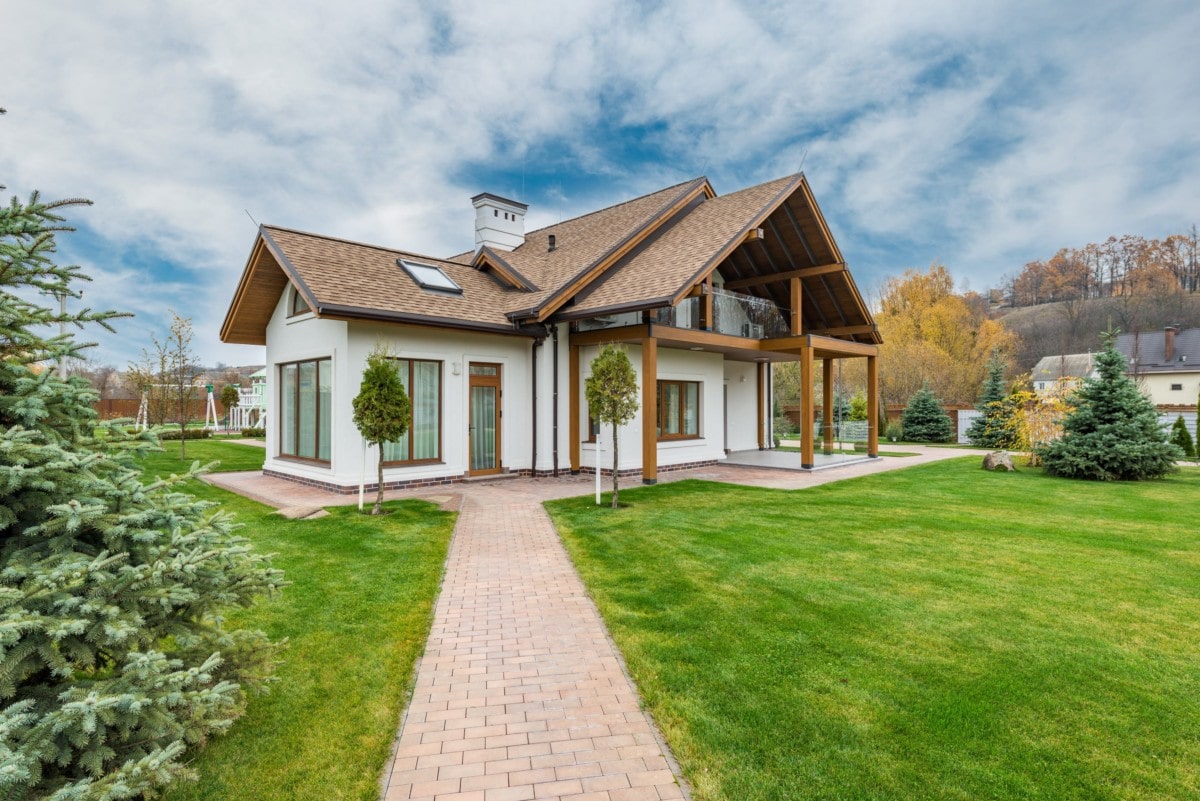The four-bedroom house at 41 Wimmera Ave, Manifold Heights, sold for $1,887,500 in May 2025 after a 2022 renovation.
Time is on the side of people who bought homes in Geelong in the first year of the Covid pandemic, new data reveals.
New PropTrack research reveals people who bought homes in the 12 months to July 2020 are sitting pretty on potential five-year value gains of between 10 and 100 per cent.
Only one Geelong suburb shows a price fall over that time, a 3.3 per cent decline for Geelong West units.
The growth figures underline how dramatic the restrictions on the movement of people in Melbourne were on regional property prices during the pandemic, as thousands sought to leave the lockdown capital.
RELATED: Luxury Newtown home emerges from stalled reno
Rare Newtown brick home beats hopes by $110K
Mid-century home designed by AFL great up for sale
Dan Andrews’ ring of steel locked in the unprecedented boom in home prices as waves of Melbourne people – many buying sight-unseen – accelerated demand for property.
It wasn’t to last though, with Geelong now coming out of a two-year downturn as the market absorbed the abnormal growth.
The data reveals Rippleside as the standout suburb, with a 104 per cent median price gain over five years (worth $850,000) skewed by the waterfront Balmoral Quay development.
A renovation boom made its mark at inner-west Manifold Heights, where the median house price has jumped nearly 60 per cent to $1.175m.
But next-ring suburbs stood up best during the downturn.
Multimillion dollar homes at the Balmoral Quay development have pumped up Rippleside’s median house price.
Whittington, St Albans Park, Bell Post Hill, Herne Hill and Corio houses banked median price growth between 30 and 40 per cent over five years, with inner-city South Geelong and outer suburban Lovely Banks and Marshall rounding out the city’s 10 best-performing suburbs.
Geelong buyers advocate Tony Slack said the strength of the growth over five years demonstrated the owning property for value gain was still a long-term proposition.
“You always should be looking at least five to seven years because of that cycle. That’s just natural growth – plateau – growth – plateau. You need time in the market,” he said.
Mr Slack said the pandemic boom was unique as it was driven predominantly by owner occupiers, with the negative result for Geelong West units put down to an oversupply and fewer investment buyers.
The 1135sq m property with a three-bedroom house at 13 Elizabeth St, St Albans Park, is listed for sale with price hopes from $980,000 to $1.05m. It has approval to build two townhouses.
The four-bedroom house at 9 Cudgee Court, Corio is listed for sale with price hopes from $699,000 to $759,000.
Gartland Geelong agent Will Ainsworth said new development and renovations contributed significantly to the growth, especially in smaller suburbs such as Rippleside and Manifold Heights, but rising prices for inner suburbs also pushed demand further from the CBD.
“Eight to 10 years ago it would have been the suburbs closer to the CBD than those (that had the best growth),” he said.
“You’ve got East Geelong or Newcomb, and now you’ve got Whittington and St Albans Park. “It’s that next or third suburb from the CBD that became the affordable one, because that second one had taken off and become a bit less affordable,” he said.
“There’s equity in two ways – improving the value in a renovation or waiting for the market to increase, or doing both.
“One of them is probably going to work, two of them are going to work better.”
Geelong’s best growth in five years: houses
| Suburb | Median price | 5 year change |
| Rippleside | $1,665,000 | 104.3% |
| Manifold Heights | $1,175,000 | 59.3% |
| Whittington | $540,000 | 40.3% |
| Lovely Banks | $805,000 | 40.0% |
| St Albans Park | $600,000 | 36.2% |
| Bell Post Hill | $655,000 | 35.1% |
| Corio | $490,000 | 34.2% |
| Herne Hill | $700,000 | 30.8% |
| South Geelong | $890,000 | 29.4% |
| Marshall | $630,000 | 28.8% |
Mr Ainsworth said buyers had become more sensible again, but there were still tricky conversations with vendors who bought at the height of the boom.
“If they bought for $1m, now it might be worth $950,000. The owners might want $1.05m to get their money back. You’ve got a $100,000 or 10 per cent differential that you can’t bring that together – that’s too big a price gap.”
Hayeswinckle, East Geelong director Tiffany Simpson said returning confidence and interstate investors were improving values in areas like St Albans Park, where bigger properties offer better bang for buck.
“In almost the first six months of 2025 in St Albans Park we are up 10 per cent up on where we were last year – that’s due to investors coming back in to the market,” she said.
“A lot of first-time buyers are able to stretch past $600,000, given a couple of interest rate cuts.
“The confidence has definitely returned and they feel more relaxed to able be able to fully use their borrowing potential.”
The renovated three-bedroom house at 32 Oxford St, Whittington, is listed for sale with price hopes from $649,000 to $709,000.
The four-bedroom house at 72 Kansas Ave, Bell Post Hill, is listed for sale with price hopes from $700,000 to $760,000.
Geelong’s best growth in five years: units
| Suburb | Median price | 5 year change |
| Newtown | $603,000 | 36.4% |
| Norlane | $392,500 | 32.2% |
| Bell Park | $524,000 | 29.4% |
| Newcomb | $480,000 | 28.0% |
| Corio | $385,000 | 24.2% |
| Whittington | $375,000 | 22.5% |
| Belmont | $530,000 | 22.4% |
| Herne Hill | $355,000 | 22.1% |
| Highton | $502,000 | 21.0% |
| Grovedale | $500,000 | 20.1% |
McGrath, Geelong agent Jasmin Jurkovic said values in suburbs such as Bell Post Hill had responded as neighbouring areas heated up.
“The demographics are changing – it was a very ageing population with 80-plus year old migrants that came here 55 years ago and the built their dream home,” Ms Jurkovic said.
“The younger generation has gravitated here and appreciated the value they’ve got for families with land size, affordability for a good, solid brick home and all the conveniences.”
Corio is the most-popular suburb in the top 10, where 291 houses sold in 12 months.
The median house price has jumped from $365,000 in 2020 to $490,000.
“I became all about the bigger blocks and affordability and people were landbanking and going, ‘well, it’s an hour to Melbourne, first-time buyers will gravitate here if we build units’,” she said.
“There’s a lot of construction and building taking place and the yield was good because when you were buying something for $350,000, and the rent was about $300 to $280.”



















 English (US) ·
English (US) ·